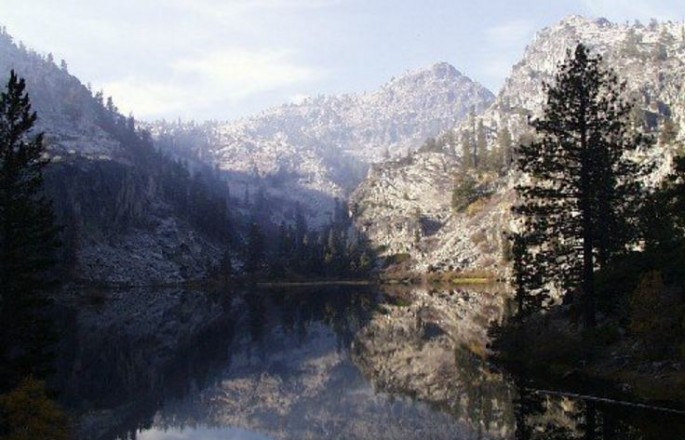The average surface temperature last year at Lake Tahoe, one of the most popular vacation sites in the United States, was the warmest ever recorded and is further proof climate change is altering for the worse this huge freshwater lake along the border of California and Nevada.
Scientists at the University of California Davis' Tahoe Environmental Research Center said Lake Tahoe's waters in the past four years have been warming at 15 times their historic average. The temperature in 2015 rose one-half of a degree from the previous year to a record 53.3 degrees Fahrenheit.
Since 2011, Tahoe's surface temperature "has warmed at an alarming rate of over 0.3 F per year," or 15 times faster than the long-term average rate of .018 per year, said UC Davis researchers. They pointed out Lake Tahoe experienced a year like no other in 2015.
UC Davis is a primary steward of the lake. The UC Davis Tahoe Environmental Research Center is dedicated to research, education and public outreach and to providing objective scientific information for restoration and sustainable use of the Lake Tahoe Basin.
It publishes a "State of the Lake" assessment report every year. The center started keeping water temperature records in 1970 when it averaged 50.3 degrees.
The air temperature at the lake is also becoming hotter every year. The winter of 2014-15 saw only 24 days where the average temperature dropped below freezing at the lake. Only six percent of last year's precipitation fell as snow. Both of these events were all-time lows.
The UC Davis report also noted that over the last 100 years, the daily air temperature on the lake's northwest shore at Tahoe City, California has increased, with a 4.3 degree rise in the daily minimum temperature and a 2 degree increase in the daily maximum temperature.
"What is different this year is that we are seeing more aspects of the lake's internal physics changing, and that is bound to alter the ecology," said Geoff Schladow, director of the research center and a professor of water resources and environmental engineering at UC Davis.
He said scientists have been aware for some time of the rising air temperatures around Tahoe, and more recently the warming of the lake itself.
Lake Tahoe is the largest alpine lake in North America with a depth of 501 meters, making it the second deepest in the United States after Crater Lake in Oregon.



























